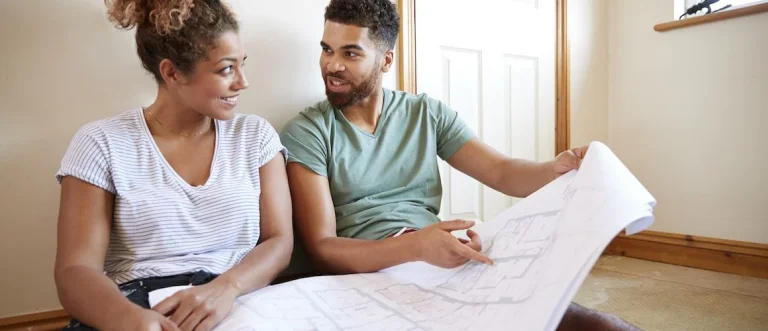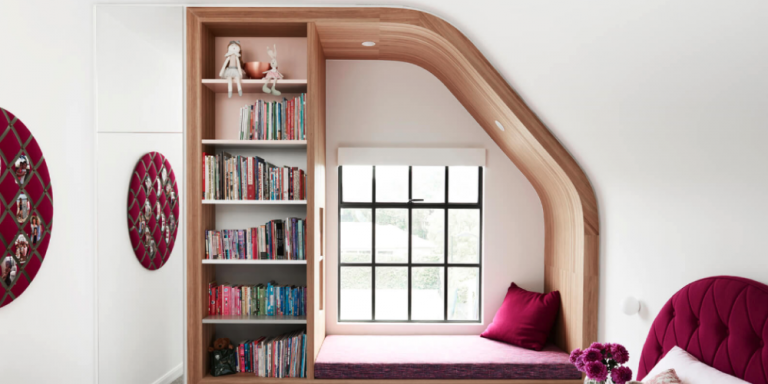Planning a home renovation or extension? Here are our top tips to help you ensure the project comes in on brief, on time and most importantly, on budget.
Tip #1: Find your design inspo
Engaging an architect or designer can be a costly exercise—to streamline the design process, it’s important to have a general idea of what you would like to achieve before you seek professional input.
Start by identifying your core functional requirements (e.g. number of bedrooms or living spaces, additional storage, access to/from the rest of the home etc.), then invest some time searching for examples of the type of style, features and finish you want to adopt.
It’s likely your designer will be able to provide some valuable advice and recommendations, but coming prepared with a clear list of requirements and shortlist of design inspiration will help you communicate what you want and ensure you’re both on the same page.
Tip #2: Invest where it matters most
Unless you have an unlimited budget, it’s likely you’ll need to make a few trade-offs throughout the design process to keep costs contained.
Making these decisions when you’re in the midst of a renovation or extension project can be challenging. The trick here is to draw a distinction between your ‘must-haves’ and ‘nice-to-haves’ from the beginning, so when you start to work through your costings it’s easier to determine what can stay, and what needs to go.
It’s also a smart move to invest your money wisely by focusing on the areas of the home that will add value to your property—renovations to kitchens and bathrooms are always sure-fire winners, but it’s also important to identify any pain-points that are likely to deter prospective buyers in the future.
If you plan to work through your renovation or extension plans in phases, avoid wasting money making short-term improvements to areas of the home that are likely to change down the track.
Tip #3: Take the time to get it right
One of the most common causes of schedule and budget-blowouts during home renovation or extension projects is the need to make changes to the original plans after work has commenced.
By investing a little extra time during the design phase to formulate the optimal plans, you can avoid the need to make changes or adjustments after the project has been costed and is underway.
Tip #4: Know what you can afford from the get-go
Whether you plan to fund your renovations or extension with a loan, with the equity in your home or by paying cash, it’s important to know what you can afford to spend from the get-go.
Then here’s the real word of wisdom—engage a builder while you’re still in the design phase.
While the usual process is to engage a designer, develop your plans, then request a quote for construction from a builder, more often than not, the quote will come in over budget.
By engaging a builder while the plans for your home are still being developed, you’ll have a far more realistic understanding of the cost of construction—this can be an invaluable tool to help inform your design decisions to work within the limitations of your budget.
Tip #5: Select a builder with a transparent quotation process
Finally, to get the most value out of the project, you need to be able to see where your money is being spent—something which largely comes down to the way your builder quotes the project.
Ideally, your builders quote should be fully itemised so you can see exactly where every dollar is going. With good financial visibility you’ll be far better equipped to identify areas where you aren’t getting great value for your investment and areas where you could possibly afford to invest a little more.
That’s how we do things at APC Build. Our quotation process is fully transparent to give you the complete picture of where your money is going, and we’ll also guide you through our tried-and-tested value management process to ensure you achieve the features and finish you want within your budget.






